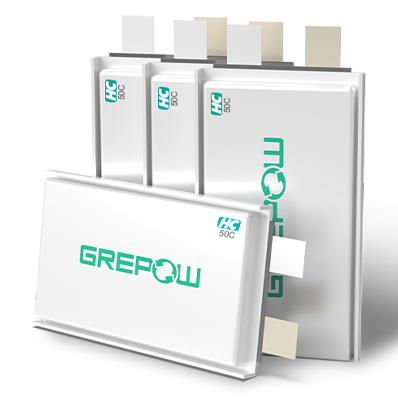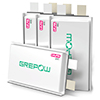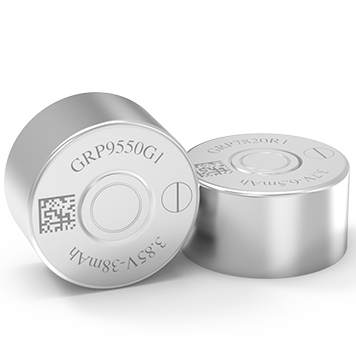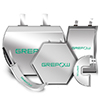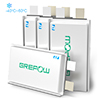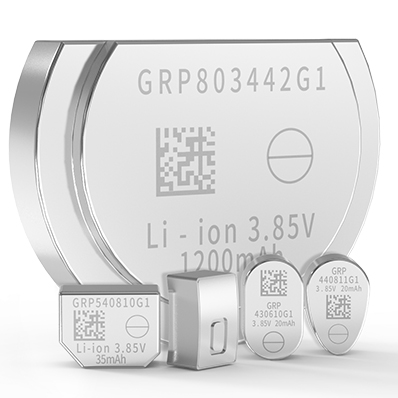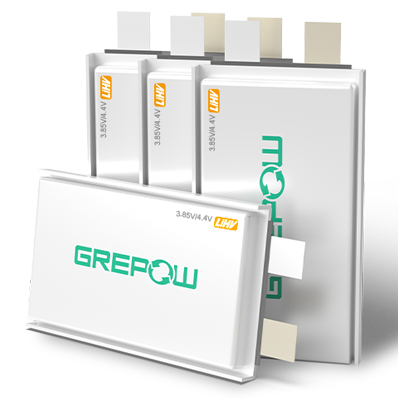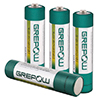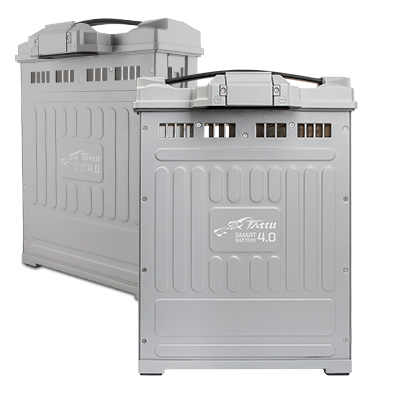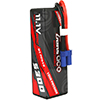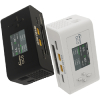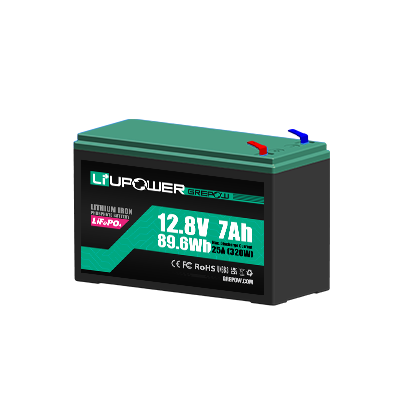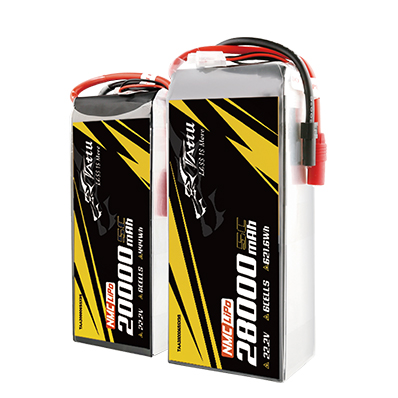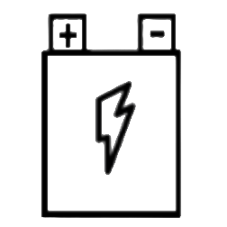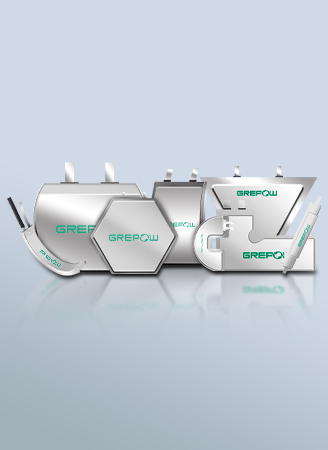Four Specialized Lithium-Ion Battery Types Basis
Lithium-ion (Li-ion) battery technology has become the cornerstone of modern energy storage, enabling everything from smartphones to electric vehicles and industrial drones. Their success stems from high energy density, long cycle life, and declining costs. However, not all lithium-ion batteries are created equal. Depending on their design and chemistry, they can be optimized for specific applications. This article explores four critical types of Li-ion batteries—high power, high energy density, fast charging, and high voltage—detailing their unique characteristics, underlying technologies, advantages, and real-world applications.
What is a High Power Lithium-Ion Battery?
A high power lithium-ion battery is designed primarily to deliver (discharge) and sometimes accept (charge) large amounts of electrical current rapidly. The focus is on the rate at which energy can be accessed, rather than the total amount of energy stored. This type of battery prioritizes power output (Watts), which is a product of current (Amps) and voltage (Volts), rather than energy storage capacity.
Relationship Between High C-Rate and High Power
The C-rate measures how quickly a battery charges or discharges relative to its capacity. A 1C rate means a battery can fully discharge in one hour. High power batteries often operate at 5C to 10C or higher, enabling them to release or absorb energy in minutes. This high C-rate capability directly correlates with power output (Power = Voltage×Current), making these batteries indispensable for high-demand scenarios.
What Makes a High Power Battery?
●Electrode Materials: Cathodes like lithium iron phosphate (LFP) or nickel manganese cobalt oxide (NMC) and anodes like lithium titanate (LTO) or modified graphite allow rapid ion movement.
●Low Internal Resistance: Thin electrodes, conductive additives (e.g., carbon nanotubes), and advanced electrolytes minimize resistance.
●Thermal Management: Robust cooling systems prevent overheating during high-current operations.
Advantages and applications of High Power Lithium Ion Battery
Advantages:
●Instant power delivery
●Better thermal stability
●High cycle life under high current load
Applications:
●Multirotor drones (especially for racing and delivery)
●Electric motorcycles and scooters
●Industrial robots
●Emergency power backup systems
●RC hobby models and power tools
What is a High Energy Density Lithium-Ion Battery?
A high energy density battery focuses on maximizing the amount of energy stored per unit mass (Wh/kg) or volume (Wh/L). These batteries are engineered to extend operational time and minimize the weight and space required for energy storage.
What Makes a High Energy Density Lithium-Ion Battery?
Key design choices for high energy density include:
●High-capacity cathode materials like NMC (Nickel Manganese Cobalt) or NCA (Nickel Cobalt Aluminum).
●High-capacity anode materials, such as silicon-doped graphite (10x higher capacity than graphite) .
●Electrolytes and additives that support higher voltage operation (sometimes up to 4.4V per cell).
●Optimized cell design to reduce inactive material weight (e.g., casing, tabs).
●Maximizing the amount of active material coated onto the current collectors.
Advantages and applications of High Energy Density Lithium-Ion Battery
Advantages:
●Longer runtime or range per charge
●Lightweight, compact form factor
●Suitable for energy-constrained applications
Applications:
●Electric vehicles (EVs)
●Consumer electronics (smartphones, tablets, laptops)
●Long-range drones and UAVs
●Portable medical devices
●Backup power systems
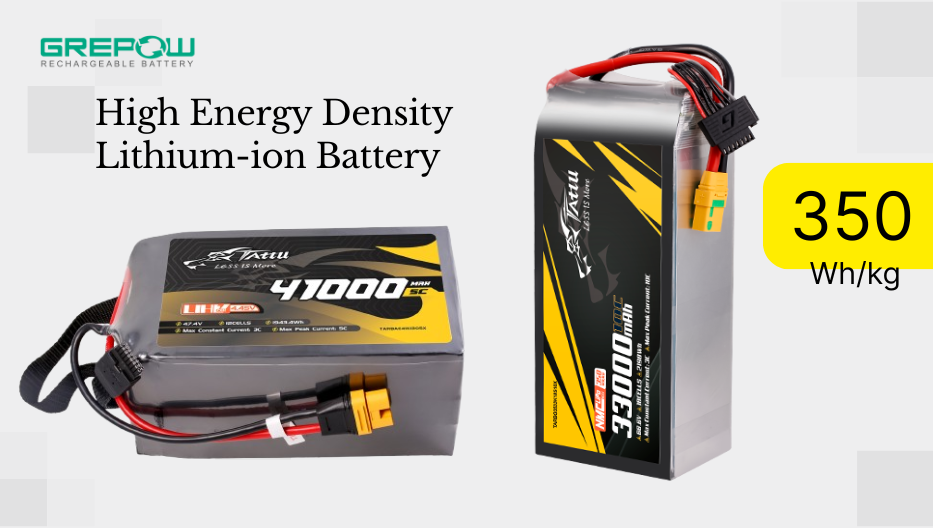
What is a Fast Charging Lithium-Ion Battery?
A fast-charging lithium-ion battery is specifically engineered to accept a high charge current safely and efficiently, significantly reducing the time required to replenish its capacity (e.g., reaching 80% state-of-charge (SoC) in 30 minutes, 15 minutes, or even less). This capability is often defined by high charge C-rates (e.g., 3C, 5C, or higher).
What Makes a Fast Charging Lithium-Ion Battery?
Design elements that enable fast charging include:
●Low internal resistance and efficient thermal management to handle higher charge currents without overheating.
●Modified anode materials, such as lithium titanate (LTO) or silicon-doped graphite, which allow faster lithium-ion diffusion and insertion.
●Low-viscosity electrolytes with additives (e.g., FEC) enhance ion mobility. Advanced electrolytes to prevent dendrite formation and breakdown during high-rate charging.
●Smart battery management systems (BMS) that monitor and adjust charge parameters dynamically.
Advantages and applications of Fast Charging Lithium Ion Battery
Advantages:
●Significantly reduced charge times
●Improved user convenience
●Extended operational availability for critical equipment
Applications:
●Urban electric vehicles and e-bikes
●Public transport systems
●Drone delivery services with quick turnaround needs
●Power tools and consumer electronics
What is a High Voltage Lithium-Ion Battery?
A high voltage Li-ion battery operates at a higher nominal voltage per cell (typically 4.35V to 4.45V, compared to the conventional 3.7V or 4.2V). This increases energy output without increasing the number of cells or battery size.
What Makes a High Voltage Lithium-Ion Battery?
Several innovations make higher voltage feasible:
●Modified cathode chemistry, such as high-voltage NMC or LiCoO₂ variants with coatings to stabilize structure.
●Electrolyte additives (like fluorinated) that stabilize the electrolyte under higher voltage.
●Coated or doped electrodes to suppress side reactions at elevated voltages.
●Ceramic-coated separators inhibit dendrite growth.
●High-voltage BMS and protection circuitry to prevent overcharge and thermal runaway.
Advantages and applications of High Voltage LithiumIon Battery
Advantages:
●Higher energy output per cell
●Fewer cells needed to reach target voltage = reduced weight and complexity
●Potential for improved energy density
Applications:
●High-performance electric vehicles
●Aerospace systems
●Industrial and High-end drones and UAVs.
●Long-range medical or research devices
Conclusion
The world of lithium-ion batteries is far from monolithic. By tailoring materials, chemistry, and cell architecture, manufacturers can create batteries optimized for specific, demanding performance characteristics. High power batteries deliver energy quickly, high energy density batteries maximize runtime, fast-charging batteries minimize downtime, and high-voltage batteries push the boundaries of energy storage potential. Understanding these distinctions is key to appreciating the versatility of Li-ion technology and its continued evolution across countless applications that shape our modern world. The "best" battery is always the one best suited to the unique requirements of its intended use. As the industry evolves, hybrid designs are emerging—combining elements of fast charging, high power, and energy density to meet the increasing demands of electric mobility, drones, and smart devices. Choosing the right battery requires a clear understanding of the application's specific energy, power, thermal, and lifespan requirements. By aligning battery characteristics with operational needs, manufacturers and developers can maximize efficiency, reliability, and safety.
As a global leading lithium-ion battery manufacturer, Grepow provides high-performance high power, high energy density, fast charging, and high voltage lithium-ion batteries tailored to meet the demands of various specialized applications. In addition, Grepow also offers lithium-ion batteries that combine both fast charging and high power capabilities, ideal for high-power applications requiring rapid turnaround—such as agricultural drones and similar use cases. In addition, Grepow offers semi-solid state batteries that combine both high energy density and high voltage characteristics, achieving an impressive energy density of 350Wh/kg. These batteries are particularly well-suited for applications that require long-endurance performance, such as mapping and inspection drones.
Related Articles
-
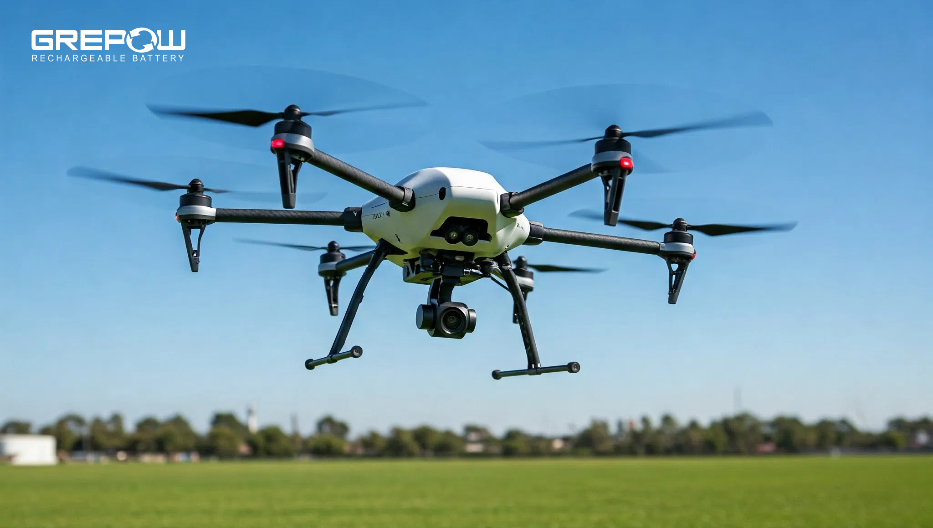
What Are the Types of Unmanned Aircraft Systems (UAS)?
2025-04-01 -
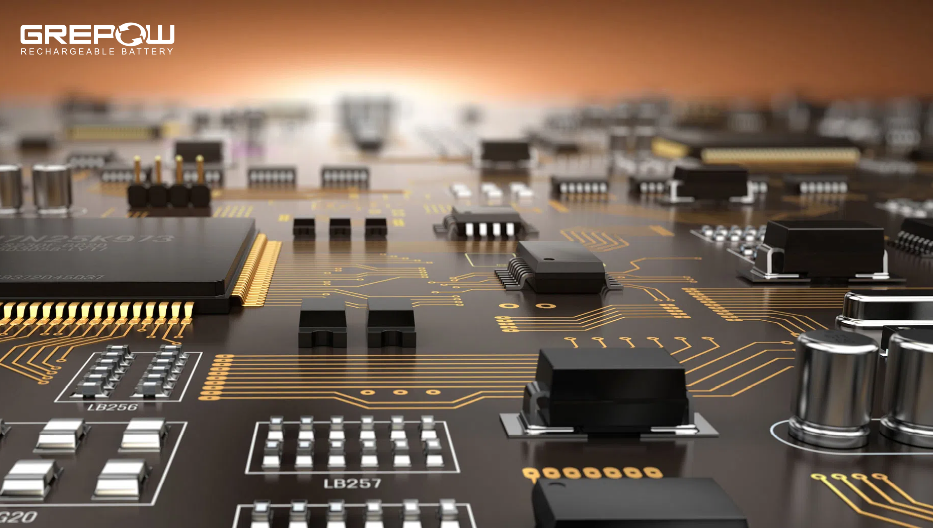
What Is a Drone Battery Management System and How Does It Work?
2025-03-31 -
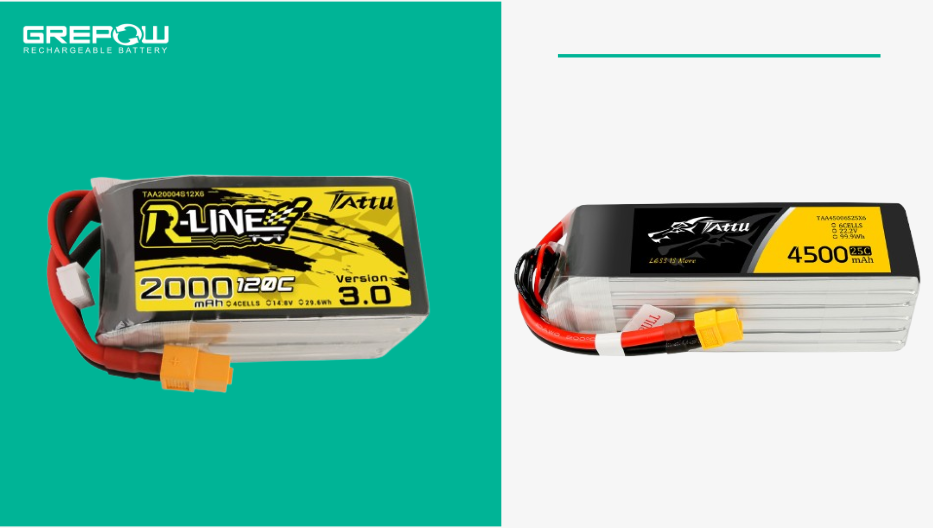
4S vs 6S LiPo: What’s the Difference?
2025-03-25
Related products
-
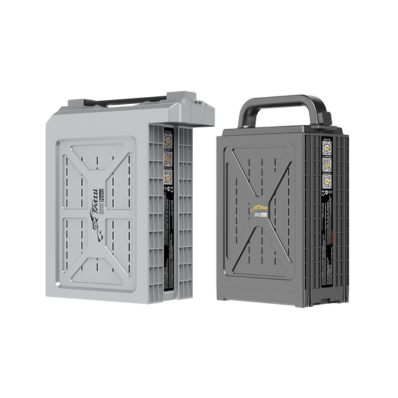
Tattu NEO Series Smart Batteries For Industrial Drones
-

350Wh/kg Series Semi-Solid State High Energy Density Battery Pack
-
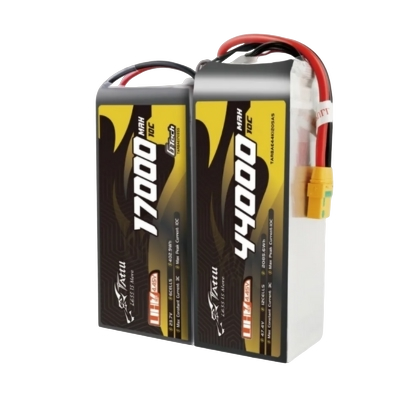
4.45V Ultra High Voltage Semi-Solid State Battery


